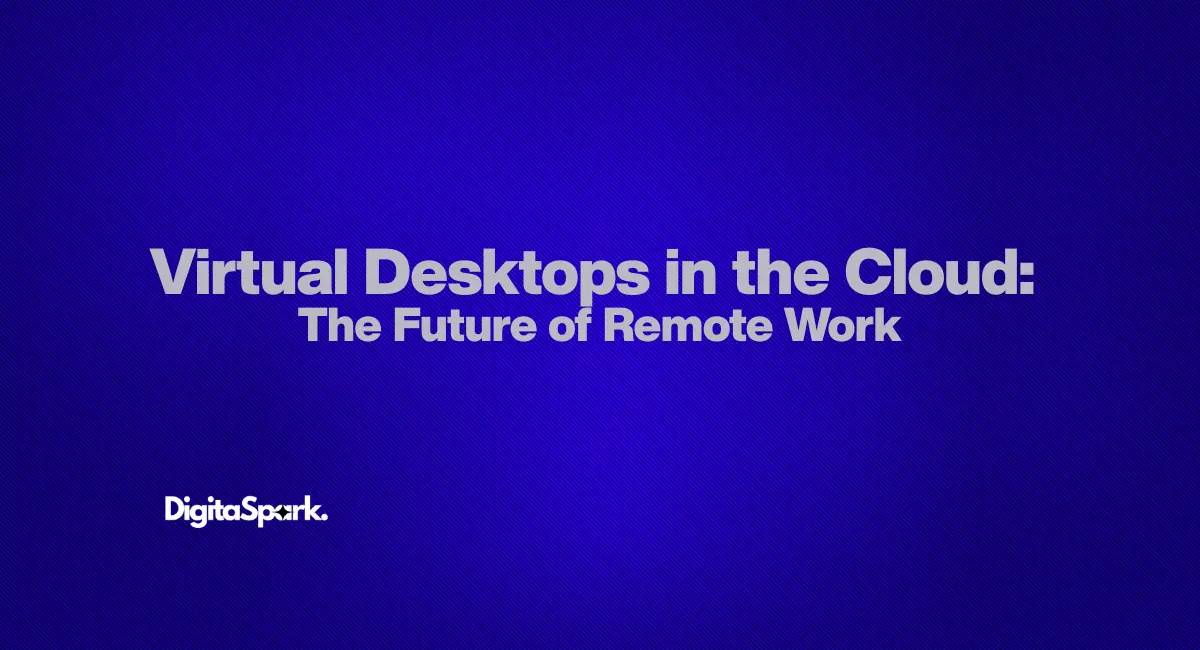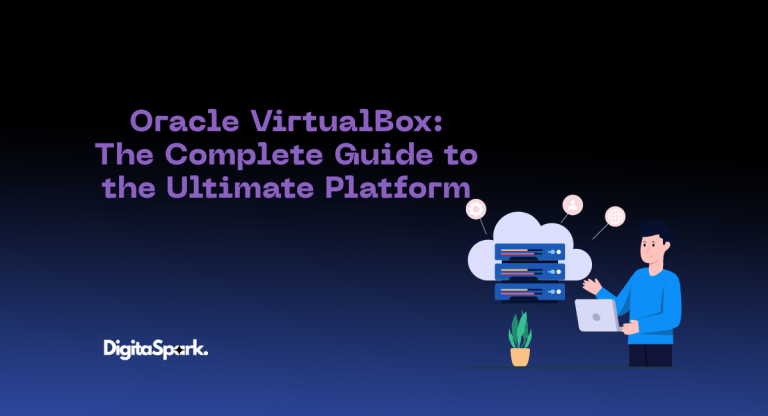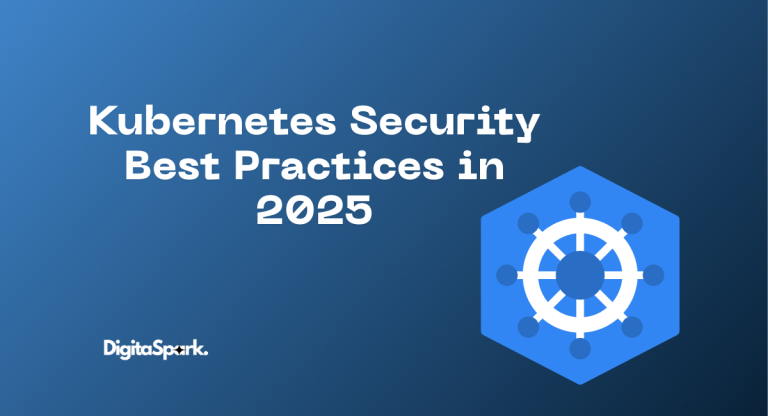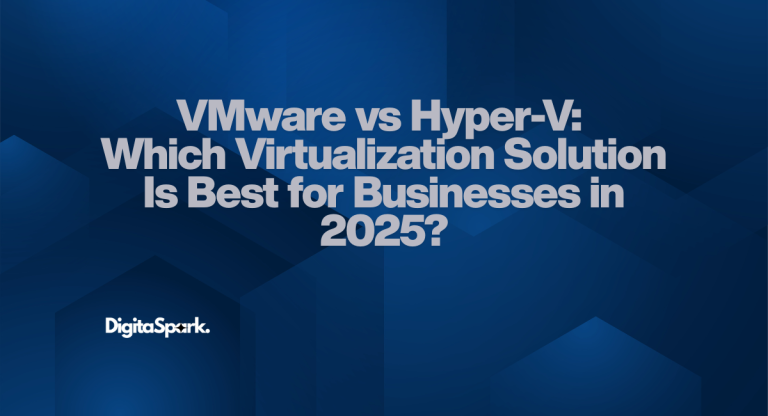Virtual Desktops in the Cloud: The Future of Remote Work
Remote work was once a perk; now it’s a normal part of how many companies function. The shift hasn’t just changed “where” people work but also how work needs to be delivered: securely, reliably, on many devices, and across many locations. Enter virtual desktops in the cloud — a solution that promises flexibility, control, and scalability. But it’s not perfect, and implementing it means thinking through a bunch of trade-offs. Below, I walk you through what cloud virtual desktops are, why they matter in 2025 (and beyond), their pros & cons, what to plan for, and what tools are leading the way. If you’re unfamiliar with the concept of virtualization, I have written an in-depth blog about Virtualization.
What are Virtual Desktops in the Cloud?
At its core, a virtual desktop means your desktop environment (operating system, applications, files, settings) runs on a remote server rather than on your physical PC or laptop. When we say “in the cloud,” it means those remote servers are hosted by cloud providers (public, private, or hybrid).
Sometimes this is offered as Desktop-as-a-Service (DaaS) or Virtual Desktop Infrastructure (VDI) in the cloud. Users connect via network protocols, and everything looks like a normal desktop — just the hardware is elsewhere. You can access it from your home laptop, a tablet, even a phone (with limitations), and pick up where you left off, securely.
Why Virtual Cloud Desktops Are Gaining Traction Now
Here are some of the reasons why virtual desktops in the cloud are seeing more adoption recently:
- Widespread Remote & Hybrid Work
Ever since the pandemic, many companies discovered that remote work isn’t just feasible — it’s sometimes more efficient. But with remote work come challenges: managing many devices, ensuring security, dealing with home-internet variances, and keeping software updated. Virtual desktops centralize many of those concerns, making remote work smoother. - Device Diversity & BYOD Trends
Not everybody works from a company laptop anymore. People use tablets, smartphones, and sometimes their home PC. Cloud desktops allow companies to standardize the environment while letting users connect with many device types. - Security & Data Control
When data resides on many personal devices, it’s harder to enforce policies, patch vulnerabilities, or control data leakage. With virtual desktops, data stays primarily in the cloud/data center. Endpoint devices mostly serve as gateways. That reduces risk, especially when paired with strong authentication, encryption, and zero-trust policies. - Scalability & Flexibility
Cloud providers allow scaling up and down more easily than physical hardware. Need more desktops temporarily? Spin them up. Need fewer later? Scale back. This flexibility helps companies responding to business cycles, seasonal workers, or projects with varying resources. - Cost & Management Efficiency
Over time, many organizations find that virtual desktops can reduce hardware procurement (especially for high-spec endpoints), reduce maintenance overhead, simplify updates, and centralize support. Even cloud desktop providers are improving pricing and supporting thin clients and lightweight devices.
Key Benefits of Virtual Cloud Desktops
To see if it makes sense for your business, here are more detailed advantages:
- Uniform User Experience: Every user gets a consistent desktop environment. That means fewer “it works on my machine” issues, easier training, and standard software stacks.
- Faster Provisioning: Onboarding a new employee or contractor becomes faster: spin up a virtual desktop, assign permissions, done. No need to ship hardware or do massive setup.
- Data Security: Since most data is kept in the cloud and not stored locally (or stored minimally), risk of data loss from lost/stolen devices drops. Updates, patching, and monitoring are more centralized.
- Accessibility: Work from anywhere — home, a co-working space, or while traveling. As long as there’s a decent internet connection, users can access their work desktop reliably.
- Reduced Hardware Requirements on End-User Devices: Endpoints (laptops, desktops) can be less powerful, since heavy lifting happens in the cloud. That can extend device lifespan and reduce costs.
- Operational and Environmental Advantages: Lower energy consumption on endpoints, fewer hardware refreshes, and potentially more optimized cloud datacenter usage. Also, DaaS providers are getting better with green data centers.
Challenges and Trade-Offs
Of course, there’s no perfect solution. Here are drawbacks and what to watch for:
- Network Dependence & Latency
If the internet connection is poor, laggy, or unreliable, virtual desktops suffer. Especially for resource-intensive tasks like video editing or 3D modelling, bandwidth issues or latency can kill the user experience. - Cost Surprises
While some costs go down, others shift. Cloud compute, storage, data transfer charges, licensing, and ongoing support can add up. Organizations sometimes underestimate these. Also, cloud pricing models can be complex. - Security & Compliance Risks
Virtual desktops can improve overall security, but only if designed well. Risks include improper user permissions, inadequate network segmentation, insecure endpoints, or misconfiguration of cloud services. Also, governments may require data to be stored in certain locations. - User Experience Limitations
Some specialized tasks (graphic design, CAD, high-performance computing) may not perform as well via virtual desktops. Multi-monitor setups, high refresh displays, or specialized peripherals may be more difficult to support. - Initial Setup & Change Management
Setting up the infrastructure (network, security, access control), training users, migrating apps, ensuring compatibility — all these take effort. Also, some legacy applications may not play nicely in virtualized or cloud-based desktop environments.
What to Plan / Best Practices
If you or your organization are considering moving to cloud virtual desktops (or expanding use), here are practical steps to get it right:
- Assess Workloads First: Identify which users/applications are suitable (lighter tasks, standard business apps) vs which need high performance or specialized hardware.
- Ensure Good Network Infrastructure: Low latency, good bandwidth, reliable connectivity are essential. Also, consider VPNs, SD-WAN, or local endpoints with fallback plans.
- Focus on Security by Design: Use MFA, endpoint protection, zero-trust, network segmentation, strong authentication. Also define data governance and compliance rules early.
- Choose the Right Providers & Tools: Compare features, SLAs, costs, security certifications, support. Public cloud big names (Microsoft Azure Virtual Desktop, Amazon WorkSpaces, VMware Horizon, etc.) are strong players. Evaluate DaaS vs self-managed VDI.
- Plan for User Experience: Test with real users. Beta rollouts. Ensure compatibility with devices users already have. Monitor performance and solicit feedback.
- Monitor Costs and Usage: Tag resources, track usage, set budgets, and have alerting. Cloud providers often have cost dashboards, but actual cost control is often underutilized.
- Change Management & Training: Users may need help adapting — configuring VPNs, accessing virtual desktops, handling latency, using different peripherals. IT staff also need new skills.
Tools / Platforms Leading the Way
Here are some virtual desktop / desktop-as-a-service tools and platforms that are popular in 2025, or showing good innovation:
- Microsoft Azure Virtual Desktop (AVD) — enterprise-grade, integrates well if you already use Microsoft 365 or Azure.
- Amazon WorkSpaces — flexible, good for companies that want to use AWS infrastructure.
- VMware Horizon Cloud — strong for large organizations or those with mixed infrastructure.
- V2 Cloud — simpler, easy to set up virtual desktops with central management.
- Open-source solutions (for example, QVD for Linux) — useful for organizations with tight budgets, or who want full control.
What the Future Looks Like
Looking ahead, virtual desktops in the cloud will probably evolve in these directions:
- More AI/ML enhancements for optimizing resource allocation, predicting usage spikes, auto-adjusting performance.
- Better graphics / GPU-accelerated virtual desktops, making cloud desktops more usable for creative professionals, video editors, designers.
- More edge integration — virtual desktop components closer to users (edge servers or PoPs) to lower latency.
- Smarter hybrid models where part of the desktop infrastructure is on-premises (for sensitive data or performance) and part in the cloud.
- Increased regulatory/sovereignty constraints will shape where and how providers store data. Expect more region-specific cloud services.
- Improved pricing models, more pay-as-you-use or seasonal/elastic licensing so that small businesses can also benefit without high overhead.
Conclusion
Virtual desktops in the cloud are not just an IT trend — they’re becoming core infrastructure for companies embracing remote/hybrid work. When done right, they bring flexibility, stronger security, and cost savings. But they demand careful planning: network quality, security setup, user experience, and cost control are all key.
If your organization is considering jumping in, my advice is: start with a pilot, pick a subset of users (ideally non-mission-critical), measure everything, adjust, then scale. Get feedback, keep costs transparent, and focus on delivering a good experience. Because in remote work, if desktops feel laggy or unreliable, people notice—and that can undercut all the theoretical benefits.







